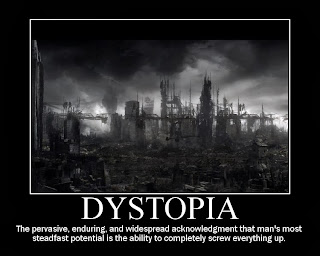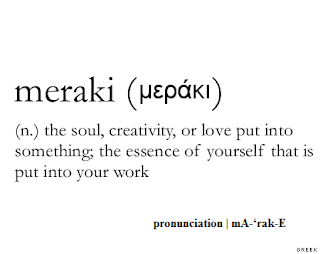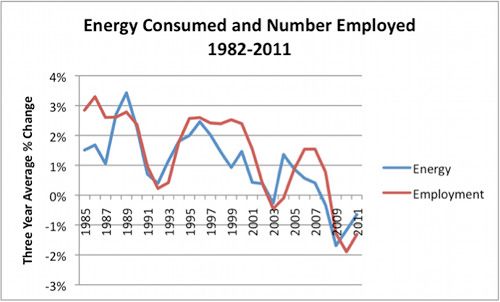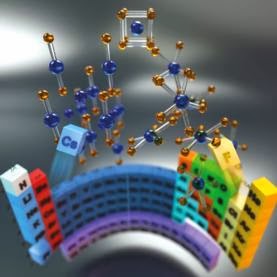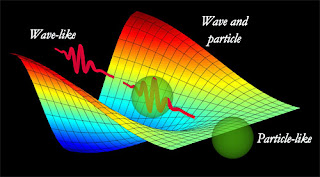Message from The Nelson Mandela Foundation, The Nelson Mandela Children’s Fund and The Mandela Rhodes Foundation
5th December 2013
It is with the deepest regret that we have learned of the passing of our founder, Nelson Rolihlahla Mandela – Madiba. The Presidency of the Republic of South Africa will shortly make further official announcements.
We want to express our sadness at this time. No words can adequately describe this enormous loss to our nation and to the world.
We give thanks for his life, his leadership, his devotion to humanity and humanitarian causes. We salute our friend, colleague and comrade and thank him for his sacrifices for our freedom. The three charitable organisations that he created dedicate ourselves to continue promoting his extraordinary legacy.
Hamba Kahle Madiba
I will never cease to be amazed at the sheer callousness of our species.
During postings honoring the death of Nelson Mandela, someone took offense at his stance of forgiveness; could not fathom how he could forgive his enemies after such harsh treatment. More "eye-for-an-eye" than anything civilized. At issue was a quote from Madiba expressed in a similar meme as below:
"No person can forgive/love their enemy," and then referred to this great man as weak and by an epithet I assume would also culturally insult them if applied. I've also found those who advocate armed insurrection usually are armchair enthusiasts with no history nor track record of successful violence. I won't bother repeating it: profanity is evidence of limited vocabulary, shallow values and underdeveloped thought processes.
Madiba was 95 as he passed on, his frame worn out from trial, imprisonment and abuse by the system the world would come to know as Apartheid.
It mirrored almost without variation, the system of suppression and segregation in the Jim Crow south, just as unfair, brutal and deadly.
Yet, like King, he refused to hate. Like Gandhi and King, his nonviolent methods were identified with weakness, not strength. [He was a part of forming a counter insurgency after slaughter by the police leading to his arrest and harsh imprisonment, the more remarkable that with that memory, he could still forgive and not forget.] We no longer have segregated lunch counters, education, water fountains, transportation; South Africa and finally America shattered the opaque ceiling of presidential exclusion to their respective highest offices. Sadly, both nations still have a long way to go, even achieving so much.
Despite evidence we've all descended from the same genome that had its origins in Africa, some insist on their specialness; their apartness by essentially giving divine powers to Melanin and particular exalted shades of its gradient hue. It is no wonder the heavens are silent: ET does not phone, and refuses to be bothered with our present unevolved drivel.
Mandela refused to let the psychopathology of others in charge of an unfair and brutal system - Apartheid/Jim Crow - define his humanity: after arrest and imprisonment on Robbin Island, presumably at the time for life. He and F.W. de Klerk - despite a stormy relationship born of those tensions - would share the Nobel Peace Prize and usher the nation's 1st multicultural elections. For that, he was an inspiration in South Africa and the American South.
No, this post has nothing to do with science. But science, like the pursuit of human dignity, should be a shared, noble endeavor. Sometimes the best among us set the example by their humility and courage in the face of crushing adversity. Such courage may be cursed by a demented, myopic few as cowardice; I prefer instead to celebrate it as it passes on to the ages.
World English Dictionary hamba kahle (ˈhæmbə ˈɡɑːʃlɪ) — sentence substitute goodbye, farewell (esp to the dead) [from Xhosa, literally: go well]
Go well, Madiba...go well.








